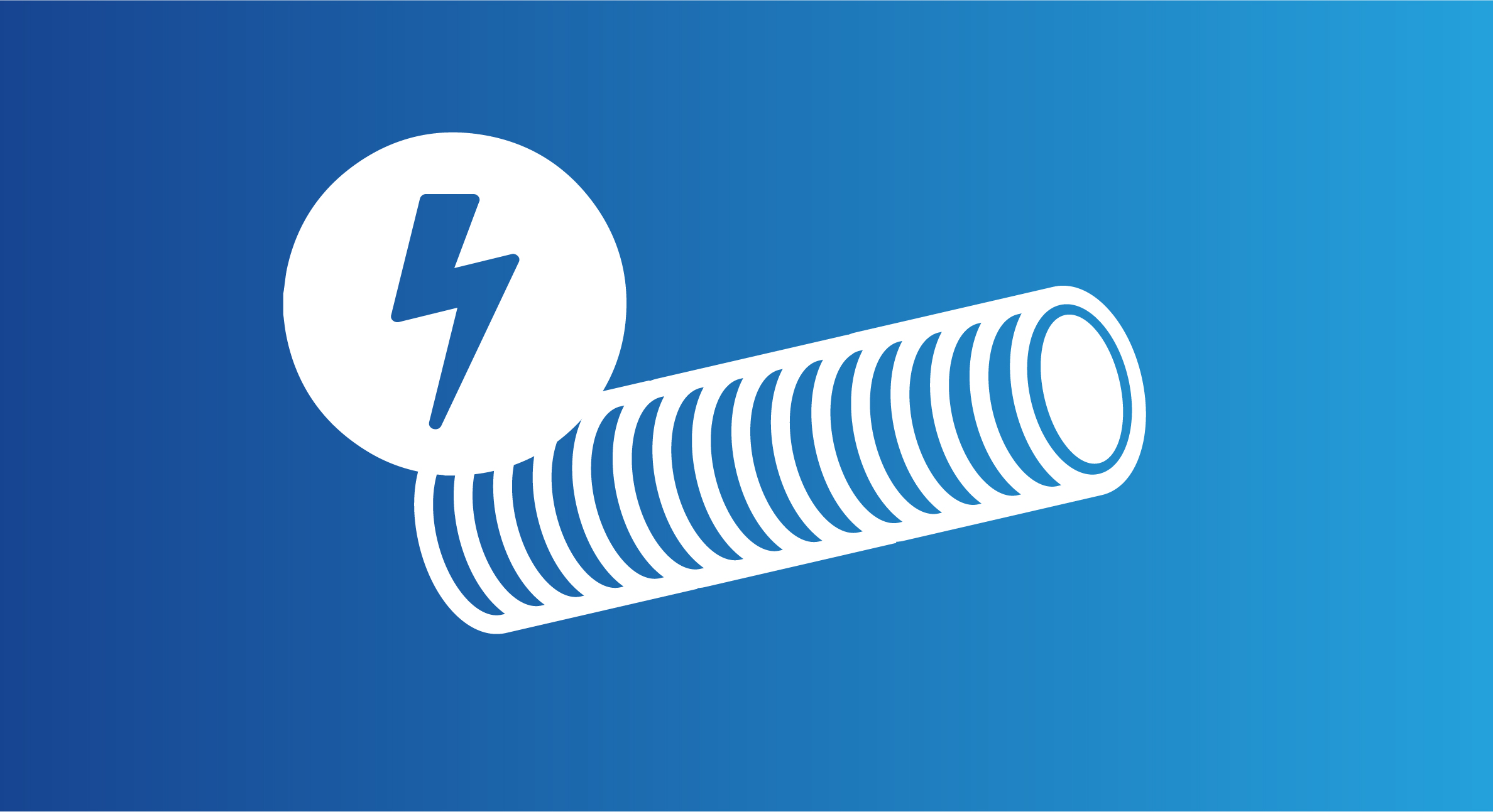Pressure & Vacuum Behaviour of Hoses
Hoses are used in many applications, whether for transporting raw materials, gases or liquids. It is important that the hoses used are able to withstand physical conditions such as vacuum and pressure. A proper understanding of the pressure and vacuum behaviour of the hoses used is essential to ensure that they support the efficiency, safety and reliability of the application. Customised hoses that meet the individual requirements are necessary.
In this article, we would like to give you all the important information about the pressure and vacuum behaviour of hoses so that you can select the right hose system for your requirements.
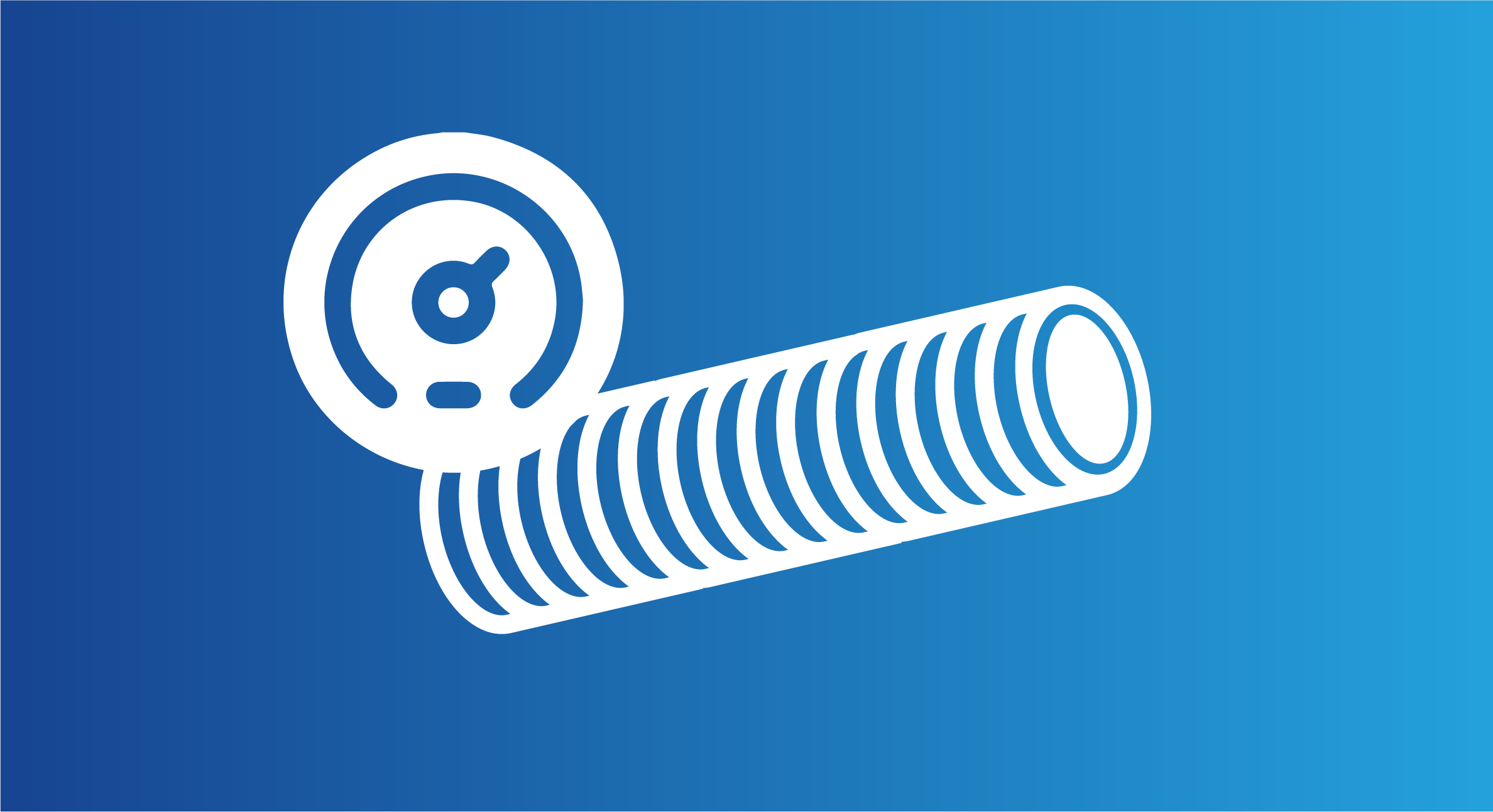
Writer

Schauenburg Hose Technology Group
The Schauenburg Hose Technology Group is one of the world's largest and leading manufacturers of plastic hoses.
Content
Vacuum & Pressure - an Explanation
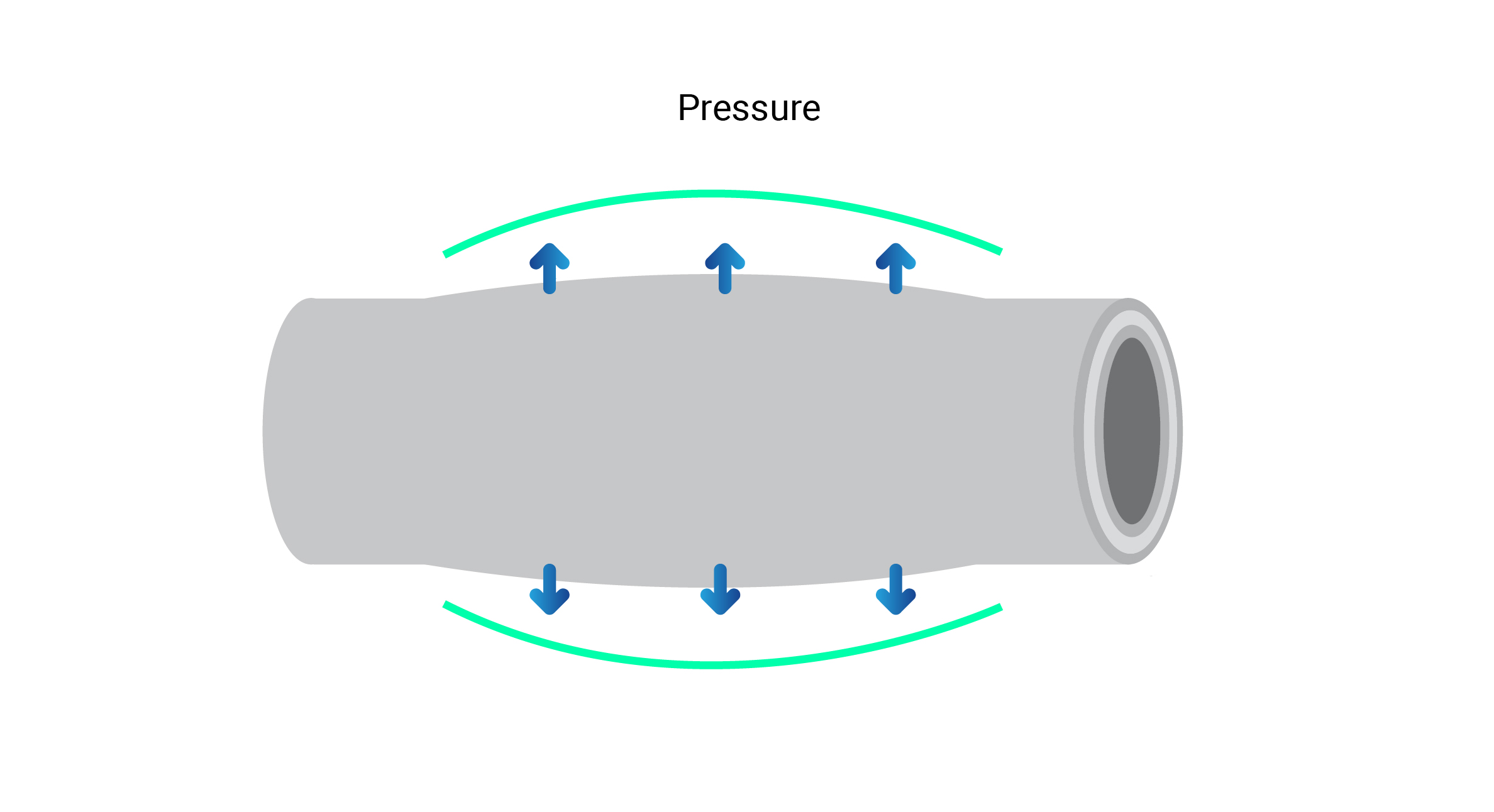
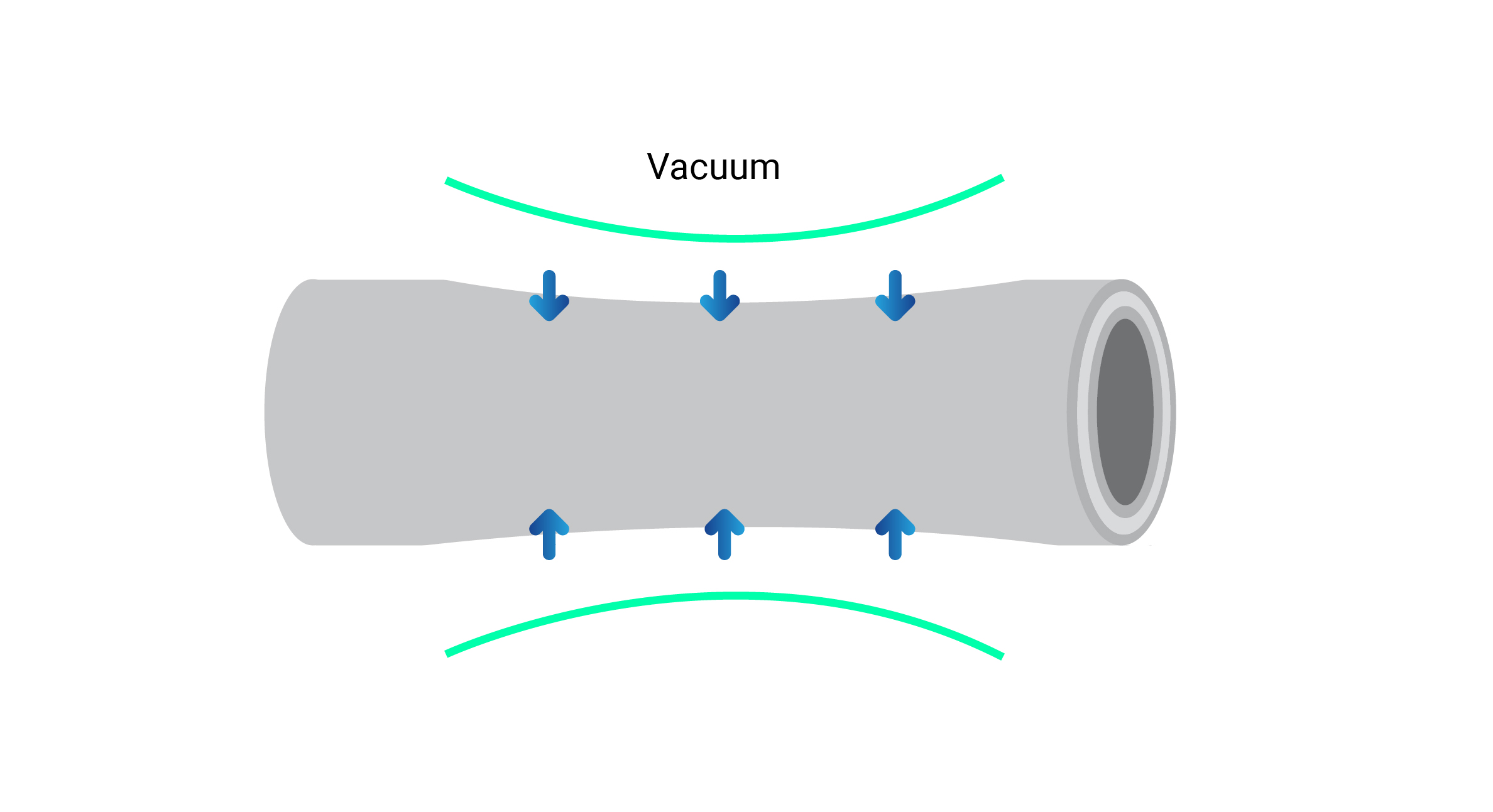
Special Hoses for Pressure Applications
Hoses designed for pressure applications typically have a fabric reinforcement that serves as a pressure carrier. In contrast, hose types with a plastic or steel spiral are primarily designed as vacuum hoses. Irrespective of the design, all hoses can undergo changes in length and diameter under the specified pressure and vacuum conditions and show a tendency to twist. Our hoses are suitable for various applications. So that you know which hose is suitable for your application, you will find detailed information on each product in the respective product description of the hose. This will tell you the maximum permitted operating pressure and the negative pressure or vacuum that the hose must be able to withstand. Depending on the intended area of application, the different tolerance ranges must then be taken into account. It is crucial to take these parameters into account when selecting the hose. We strongly recommend that the behaviour of the hose is determined by prior testing under real operating conditions in order to ensure optimum results during installation.
High-Quality Hoses for Pressure Applications
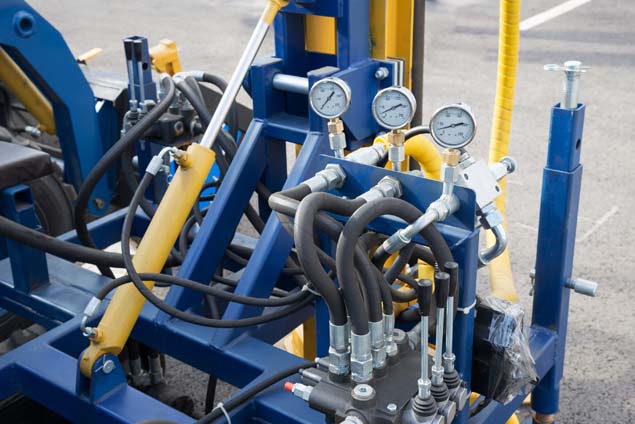
Difference between Burst & Operating Pressure
Variability in Operating Pressure
Further news that might interest you:

Our Trade Fair Year 2025 - Save the Dates!
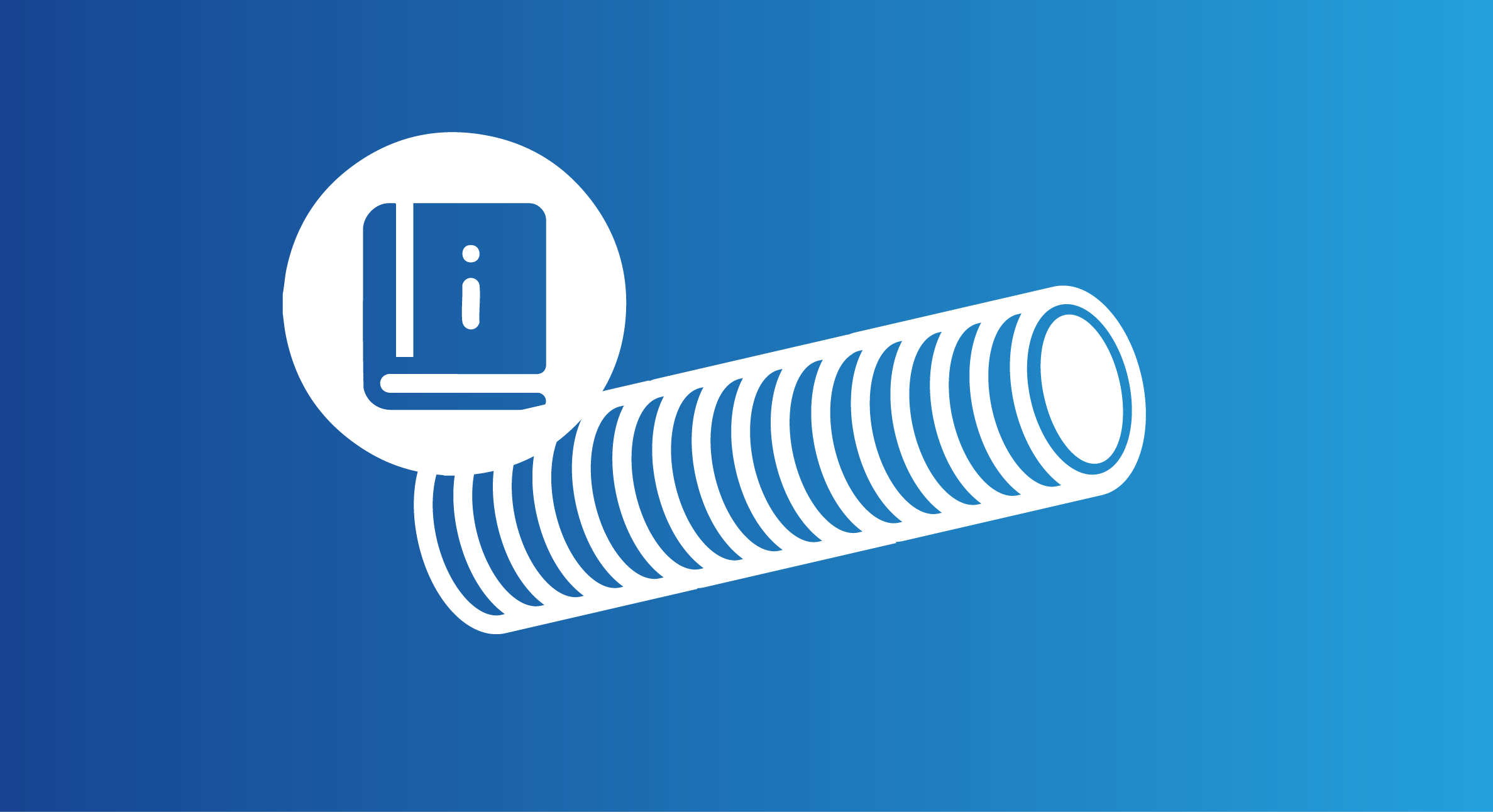
Hose Guidelines (Complete Overview)
